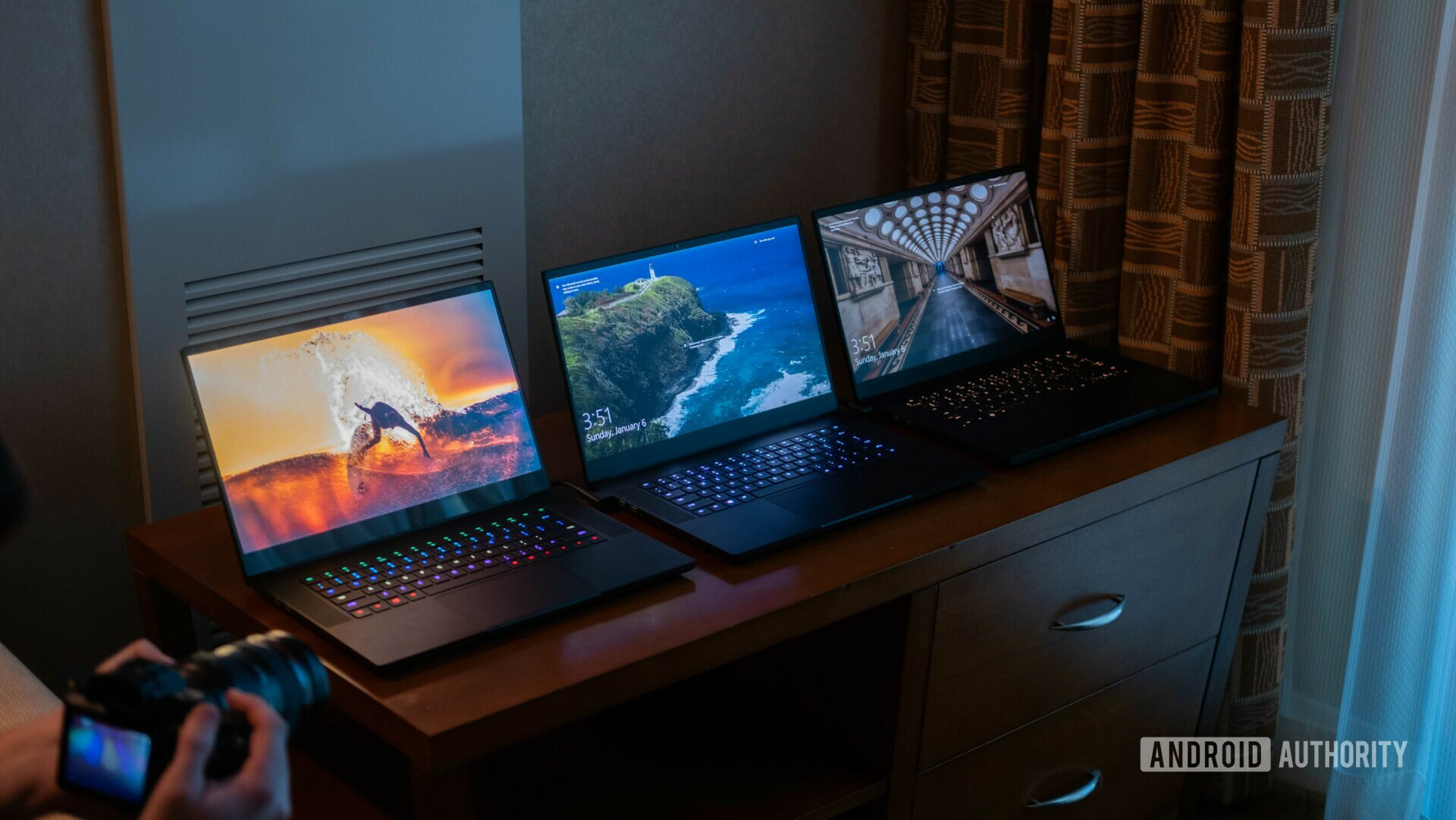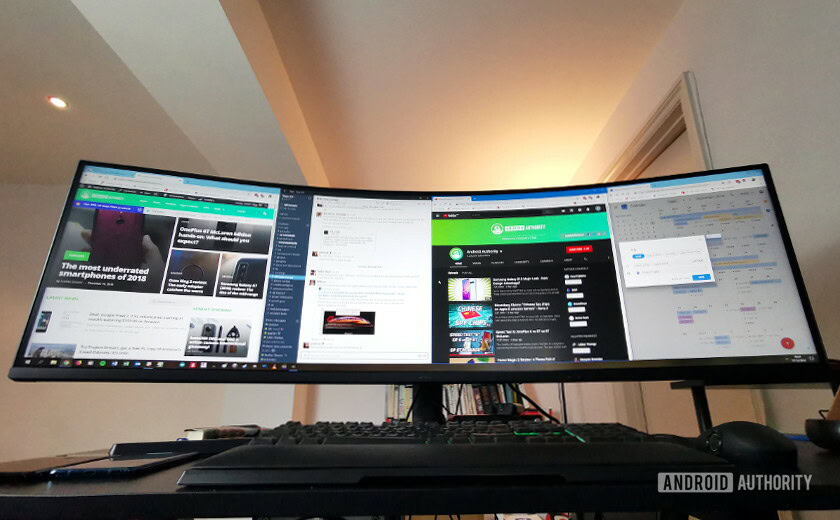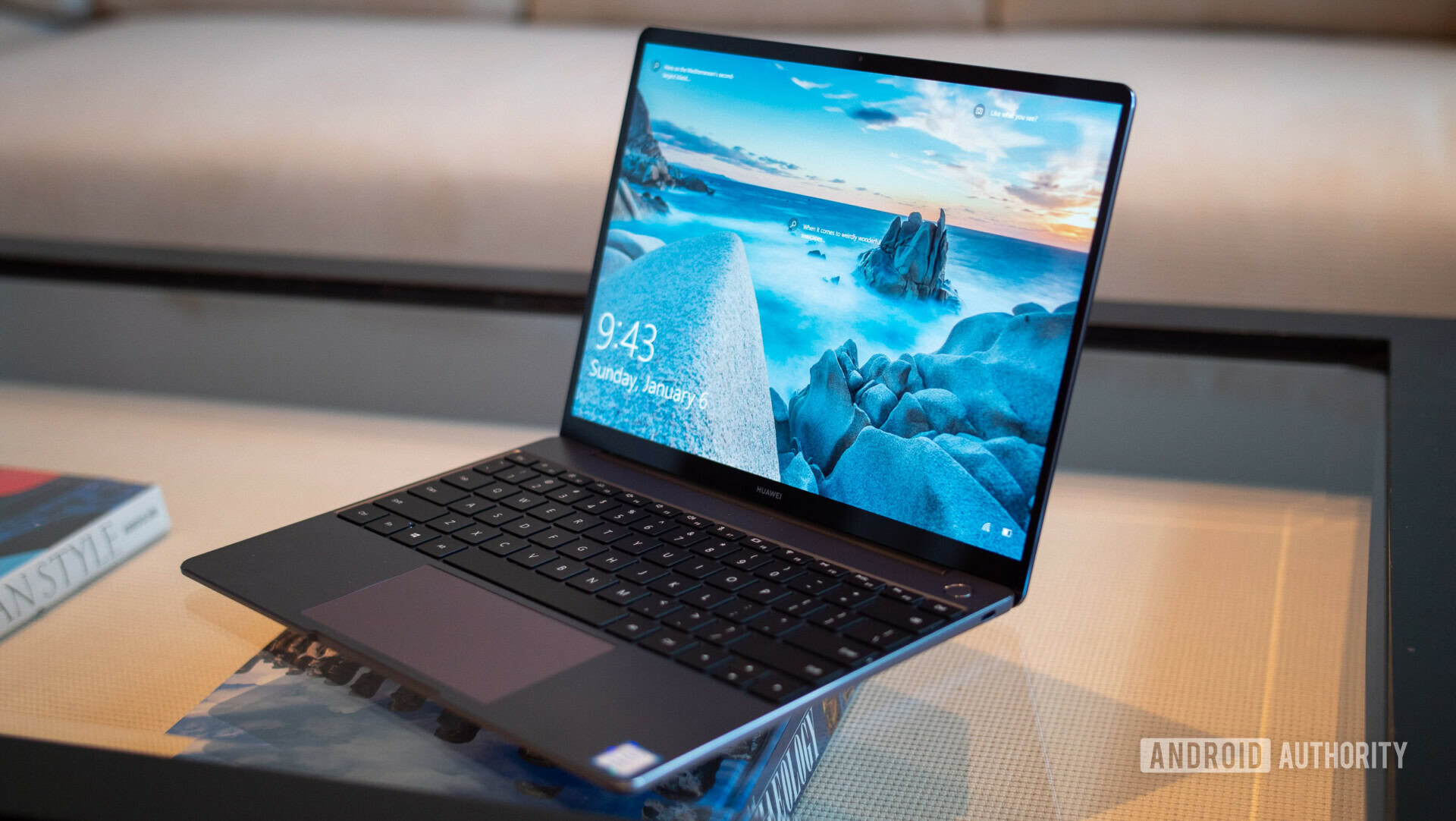Affiliate links on Android Authority may earn us a commission. Learn more.
Why 240Hz laptop displays are a hot gaming trend for 2019

At CES 2019, HP announced the world’s first 240Hz laptop – the Omen 15 – powered by NVIDIA’s next-generation GeForce GPUs. Razer is also working on its own high refresh rate laptop as part of its Blade 15 range, pictured above, along with a 4K OLED model too. The 240Hz laptop could well be a key trend in the high-end gaming market this year.
Much like the introduction of 120Hz smartphone displays, the question probably on your mind is why anyone would consider such high refresh rates to be necessary. Are these just overkill products or do they have a point?
Why would you want a 240Hz laptop?
Higher refresh rates produce smoother looking results for motion. That’s been a key seller of high-end gaming monitors for years now. Lower latency or lag is the other side of the same coin, cutting down on that crucial response time between seeing something on the screen and responding with your controller or mouse. For highly competitive players, these differences of milliseconds matter. For example, the HP Omen 15 boasts a display latency of just 4ms compared to 7ms for 144Hz and almost 17ms for 60Hz displays.
The drawback of higher refresh rate panels is that they consume a bit more power and also require more powerful graphics hardware to pump out frames quickly enough. Fortunately, the laptops from HP and Lenovo support powerful next-gen graphics cards from NVIDIA, up to the new GeForce GTX 2080 Max-Q.

Fortunately, GSync and/or Freesync technology is also likely to be included in higher-end 240Hz models. There’s already precedent for this in today’s 120Hz gaming laptops. By synchronizing the refresh rate to the GPU’s output, games appear smooth and avoid screen tearing even if your graphics card can’t hold a consistent frame rate in more demanding titles.
Finally, 240Hz is also an excellent frame rate for viewing back a wide range of video content formats. With video, much like games, the playback frame rate wants to be a multiple of the panel’s refresh rate, thereby avoiding skipped frames and stutters. 240Hz is nicely divisible by 24, 30, 48, and 60 fps video formats, so there won’t be any playback problems here.

What are my options for a 240Hz laptop?
There’s not a lot of choices right now if you’re in the market for a 240Hz laptop. So far, only HP has an official launch date planned for its product and Razer is the only other company to have talked about and shown off prototypes. Here’s a breakdown of the options:
Read Next: The best laptops of CES 2019
HP Omen 15
HP takes the crown for showing off the world’s first 240Hz laptop, which is based on IPS display technology. Outside of the display, specification talking points include NVIDIA’s RTX 2070 Max-Q GPU, an 8th-generation Intel Core i7-8750H processor, 16GB of RAM, and WiFi 6 aka 802.11ax wireless.
There is a regular version of the Omen 15, sans the 240Hz panel, heading our way first. The model arrives in February with a price of $1,370. The 240Hz model doesn’t have a price yet, but will undoubtedly cost more when it hits store shelves in July.
Razer Blade 15 Advanced
Razer unveiled a selection of products in its Blade 15 Advanced range at CES 2019. Base specifications include an Intel Core i7-8750H6 CPU, 16GB of RAM upgradeable to 64GB, up to 512 GB of SSD storage, and your choice of RTX 2060, RTX 2070 with Max-Q, or RTX 2080 with Max-Q graphics configurations.

The company also has two new prototypes in the works, one with a 240Hz display and the other with a 4K panel. Both will retain the standard 15.6-inch display size, but Razer is still evaluating these models for production.
The Razer Blade 15 starts at $2,299 and will be available from Jan. 9 via Razer and select retailers in the US, Canada, France, UK, Germany, and China. The 240Hz and 4K models may see release later in the year, and if they do they could well cost even more.